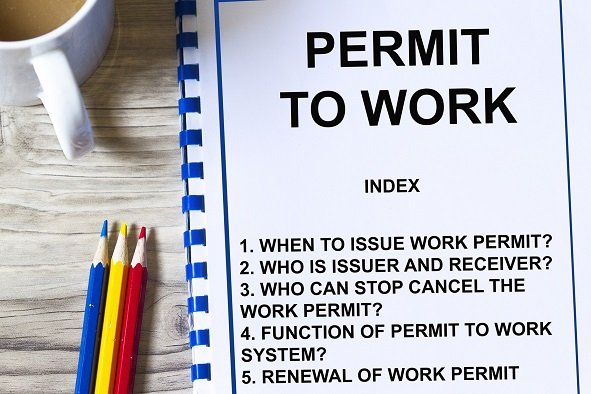Temperature Extremes and Thermal Comfort – 12 Modules | One Day USD: 150/- and Two Day USD: 250/- Per Pax.
Description
Module 1: Introduction to Temperature Extremes
- Definition of thermal stress: heat and cold exposure
- Importance of maintaining thermal comfort for safety and productivity
- Regulatory standards and workplace guidelines
Module 2: Heat Stress and Heat-Related Illnesses
- Heat exhaustion, heat stroke, and dehydration
- Risk factors and vulnerable populations
- Early warning signs and symptoms
Module 3: Cold Stress and Cold-Related Illnesses
- Hypothermia, frostbite, and trench foot
- Risk factors and vulnerable populations
- Early warning signs and symptoms
Module 4: Physiological Responses to Temperature Extremes
- How the body reacts to heat and cold
- Thermoregulation and adaptation
- Fatigue and cognitive impairment risks
Module 5: Environmental Factors Affecting Thermal Comfort
- Temperature, humidity, air movement, and radiant heat
- Clothing insulation and personal protective equipment (PPE) impact
- Workload and metabolic rate considerations
Module 6: Risk Assessment and Monitoring
- Identifying high-risk tasks and environments
- Environmental monitoring tools: wet bulb globe temperature (WBGT), thermometers, hygrometers
- Exposure limits and thresholds
Module 7: Control Measures for Heat Stress
- Engineering controls: shade, ventilation, cooling systems
- Administrative controls: work-rest cycles, hydration strategies
- PPE and clothing considerations
Module 8: Control Measures for Cold Stress
- Engineering controls: heated shelters, insulation, wind barriers
- Administrative controls: work-rest schedules, warming breaks
- PPE and protective clothing for cold environments
Module 9: Hydration and Nutrition Strategies
- Importance of fluid replacement in heat
- Nutritional considerations for thermal stress
- Employee education on hydration and diet
Module 10: Employee Training and Awareness
- Recognizing symptoms of heat and cold-related illnesses
- Safe work practices in extreme temperatures
- Reporting procedures and emergency response
Module 11: Emergency Response and First Aid
- Treatment of heat stroke, hypothermia, frostbite
- Emergency procedures and evacuation
- Coordination with medical services
Module 12: Continuous Improvement and Thermal Comfort Culture
- Reviewing incidents and near misses
- Updating procedures and control measures
- Promoting a proactive culture of thermal safety and comfort
View more Courses
Hi, Welcome back!




